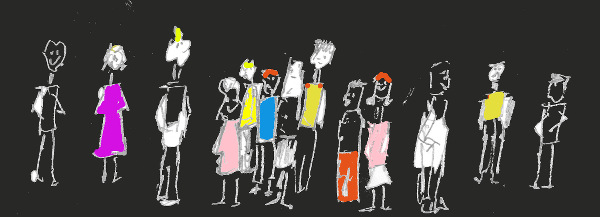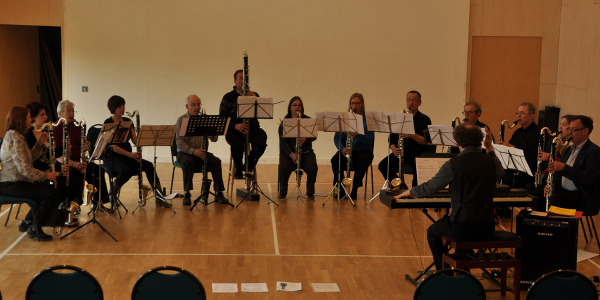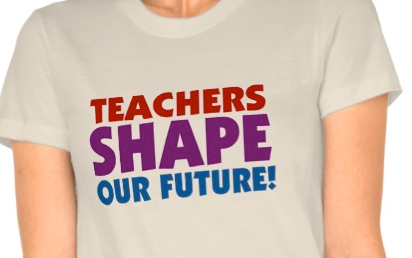 This is not just a picture of a group of students. This is a group of students in order of best performer next to second best performer. The best performer is on the left, the “drop-out” is on the right.
This is not just a picture of a group of students. This is a group of students in order of best performer next to second best performer. The best performer is on the left, the “drop-out” is on the right.
Grades (A, B etc. and ciphers (67 out of 100 or 6.7 out of 10) are the expression of the order in a group of students.
Is this counting for the benefit of our students? Is the value of the work of teachers and students in the fun, the use of it for the student? Or is that value is counted in numerical output. Joris Luyendijk http://www.theguardian.com/commentisfree/joris-luyendijk-banking-blog “Common people, in schools, hospitals, tell me the morals of these bankers are also predominant in our institution”.
What use is it if a students knows she is the 45th best student of her year? What does that mean for her life?
About what schools are for? A safe income for teachers? A source of money or influence for the institution and the Board of Regents? What is the most important goal of a university or school? Is it to build a strong labor force? a strong nation? a healthy and prosperous people?
What if schools did try to discover possibilities and potency in students? (count your blessings?)
What if schools tried to develop these possibilities in stead of working with curricula and standard tests?
What if more teachers did not join the rat-race for more money and more whatshallwecallit? But as the process went on, the more I saw the negatives of giving up my freedom, the ability to work at home (or coffee shops or wherever) while wearing jeans and t-shirt, the flexibility of not having to be in an office 40 hours a week, my summers. I started to realize I was going to end up doing a whole lot less scholarship and probably no teaching and instead I was going to go to a lot of meetings.









You must be logged in to post a comment.